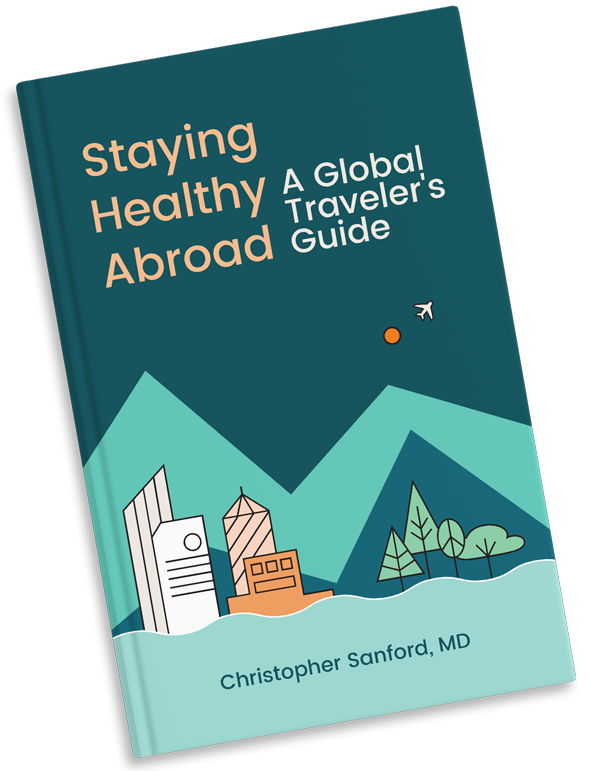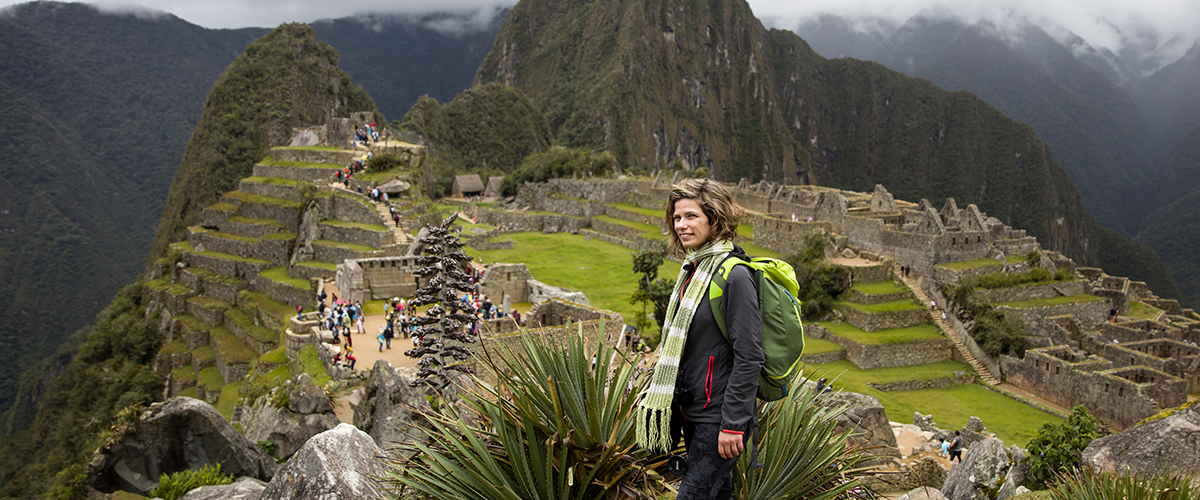Visiting Machu Picchu—the famous “Lost City of the Incas”—is a highlight of visiting Peru.
This high-altitude Incan city, forgotten for centuries, was brought to international attention by U.S. historian and explorer Hiram Bingham, who first visited the site in 1911.
Tourists usually fly into Cuzco, a city at a little over eleven thousand feet, then travel to Machu Picchu, which is at eight thousand feet.
This is a great trip but you’ll want to take a few precautions. See a pre-travel medical provider at least four-six weeks prior to your departure.
Regarding vaccines, in addition to all the usual domestic vaccines, including influenza and Covid-19, travelers should be vaccinated for typhoid fever. Additionally, you’ll want to discuss other vaccines, including rabies. If travel to jungle regions of Peru is planned, you should be vaccinated for yellow fever.
You don’t need to take a preventative medication for malaria in Lima, Cuzco, or Machu Picchu. However, taking a medication to prevent malaria is indicated for travel to Peru’s low elevation jungle. A handy map showing where you do/don’t need to take a malaria medication is available in the CDC Yellow Book.
Travelers to Peru are at risk for traveler’s diarrhea. Risk may be reduced by frequent handwashing, and avoiding tap water, roadside stands, raw foods, salads, uncooked vegetables, raw unpeeled fruits, unpasteurized fruit juice, and ice. However, some factors affecting risk, such as restaurant food safety practices, are not under travelers’ control. Traveler’s diarrhea is usually self-resolving, but symptoms can be shortened with an over-the-counter medication such as loperamide (Imodium), and, for more severe cases, an antibiotic such as azithromycin.
Many people who fly from Lima to Cuzco develop symptoms of acute mountain sickness, which include headache and nausea. Some travelers to high altitude find benefit with a medication, acetazolamide, which is available by prescription only.
One of the most significant threats to travelers to Peru is road traffic injuries. Travelers should use seat belts whenever possible, and avoid travel on motorcycles. Pedestrians should not assume they have the right of way. Make sure traffic is stopped before stepping into a street.
Use of high-SPF sunscreen is prudent.
Pickpocketing is not rare in Cuzco. Use of a money belt, worn under clothing, helps the odds of hanging onto your valuables.
A good source of additional info on travel to Peru is the CDC Yellow Book chapter on Peru.
Security concerns and risk reduction strategies are available at the U.S. Department of State Travel Advisory for Peru.
Machu Picchu is a unique and fascinating archeological site, well worth the effort of traveling to see it. Adhering to safe travel guidelines as outlined here will help to ensure that your visit is not marred by illness or injury.

Subscribe to my newsletter and get your FREE taste of Doctor Travel’s Staying Healthy Abroad.
By subscribing you agree to the Terms of Use and Privacy Policy.

Subscribe to my newsletter and get your FREE taste of Doctor Travel’s Staying Healthy Abroad.
By subscribing you agree to the Terms of Use and Privacy Policy.


